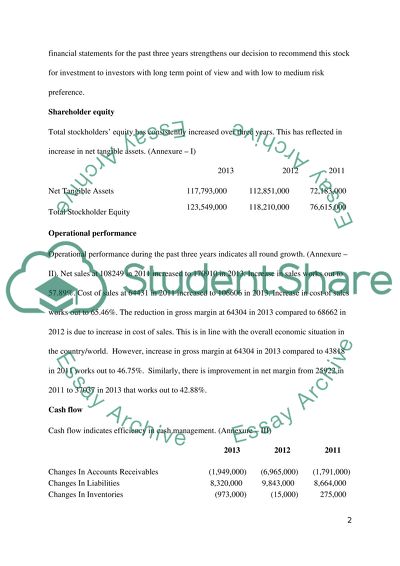Cite this document
(“Financial Research Report Essay Example | Topics and Well Written Essays - 2500 words”, n.d.)
Financial Research Report Essay Example | Topics and Well Written Essays - 2500 words. Retrieved from https://studentshare.org/finance-accounting/1495010-financial-research-report
Financial Research Report Essay Example | Topics and Well Written Essays - 2500 words. Retrieved from https://studentshare.org/finance-accounting/1495010-financial-research-report
(Financial Research Report Essay Example | Topics and Well Written Essays - 2500 Words)
Financial Research Report Essay Example | Topics and Well Written Essays - 2500 Words. https://studentshare.org/finance-accounting/1495010-financial-research-report.
Financial Research Report Essay Example | Topics and Well Written Essays - 2500 Words. https://studentshare.org/finance-accounting/1495010-financial-research-report.
“Financial Research Report Essay Example | Topics and Well Written Essays - 2500 Words”, n.d. https://studentshare.org/finance-accounting/1495010-financial-research-report.


